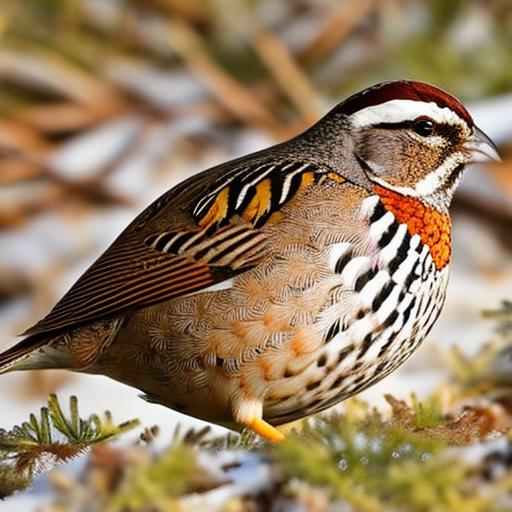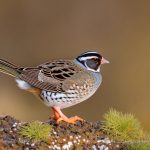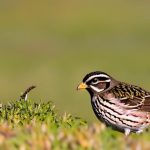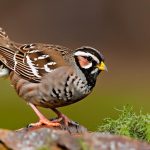Quails are generally hardy birds that can tolerate cold temperatures better than other poultry species. However, it’s important to understand that different quail breeds may have varying levels of cold tolerance. For example, the Coturnix quail, also known as the Japanese quail, is more cold-hardy compared to other quail breeds. Understanding the specific cold tolerance of the quail breed you are raising is crucial in providing the right care during cold weather.
Quails have a natural ability to fluff up their feathers to create an insulating layer of warm air around their bodies, which helps them stay warm in cold temperatures. Additionally, they have a higher metabolic rate compared to other birds, which means they generate more body heat to keep themselves warm. Despite these natural adaptations, it’s still important for quail owners to take proactive measures to ensure their birds are comfortable and healthy during cold weather.
Key Takeaways
- Quail can tolerate cold temperatures, but it’s important to understand their cold tolerance and provide adequate shelter to keep them warm.
- Providing a well-insulated coop with proper ventilation and protection from drafts is essential for keeping quail warm during cold weather.
- Heat lamps or heated pads can be used to provide additional warmth, but it’s important to monitor the temperature and prevent overheating.
- Insulating the quail coop with materials like straw, hay, or foam boards can help retain heat and keep the birds comfortable in cold weather.
- Providing warm bedding such as straw or wood shavings can help quail conserve body heat and stay warm during cold temperatures.
- Offering warm water and nutritious food, such as high-protein feed, can help quail maintain their energy and body temperature during cold weather.
- Regularly monitoring quail’s behavior and health is important to ensure they are coping well with the cold and to address any issues promptly.
Providing Adequate Shelter
One of the most important aspects of caring for quails during cold weather is providing them with adequate shelter. A well-constructed coop or shelter is essential for protecting quails from harsh weather conditions such as wind, rain, and snow. The coop should be designed to provide insulation and protection from drafts, while also allowing for proper ventilation to prevent moisture buildup.
When designing or choosing a quail coop, it’s important to consider the size and number of birds being housed, as overcrowding can lead to increased moisture and ammonia levels, which can be detrimental to the birds’ health. Additionally, the coop should be raised off the ground to prevent moisture from seeping in and to provide a dry environment for the quails. Ensuring that the coop is well-maintained and free from leaks or drafts is crucial in providing a comfortable and safe shelter for quails during cold weather.
Using Heat Lamps or Heated Pads
In extremely cold temperatures, providing supplemental heat to the quail coop may be necessary to ensure the birds stay warm and healthy. Heat lamps or heated pads can be used to provide a source of warmth within the coop. It’s important to position heat lamps or pads in a way that provides warmth without posing a fire hazard or causing overheating. Additionally, it’s crucial to monitor the temperature within the coop regularly to ensure it remains within a safe range for the quails.
When using heat lamps or heated pads, it’s important to consider the electrical safety of the setup. Ensuring that all electrical components are properly installed and maintained can help prevent accidents and fires. It’s also important to provide a backup power source in case of power outages during cold weather. While supplemental heat can be beneficial for quails during extreme cold, it’s important to use it cautiously and monitor the birds’ behavior to ensure they are not overheating.
Insulating the Quail Coop
Insulating the quail coop is an effective way to help regulate the temperature and provide a comfortable environment for the birds during cold weather. Insulation can help retain heat within the coop and prevent drafts, which can be detrimental to the quails’ health. Common insulation materials include foam board, fiberglass insulation, or reflective insulation, which can be installed in the walls, ceiling, and floor of the coop.
When insulating a quail coop, it’s important to consider ventilation to prevent moisture buildup and ensure air quality within the coop remains optimal. Proper insulation combined with adequate ventilation can help maintain a comfortable and healthy environment for quails during cold weather. Additionally, sealing any gaps or cracks in the coop can help prevent drafts and keep the interior temperature stable.
Providing Warm Bedding
Bedding plays a crucial role in providing warmth and comfort for quails during cold weather. Choosing the right bedding material is important in ensuring the birds have a cozy and dry environment. Materials such as straw, hay, or wood shavings can provide insulation and help retain heat within the coop. It’s important to regularly clean and replace bedding to prevent moisture buildup and maintain a hygienic environment for the quails.
In addition to providing warm bedding within the coop, it’s important to consider the flooring material. Solid flooring such as wood or concrete can help retain heat better than wire flooring, which can be cold and uncomfortable for the birds. Providing a thick layer of warm bedding on the floor can help insulate the coop and provide a comfortable resting area for the quails during cold weather.
Offering Warm Water and Nutritious Food
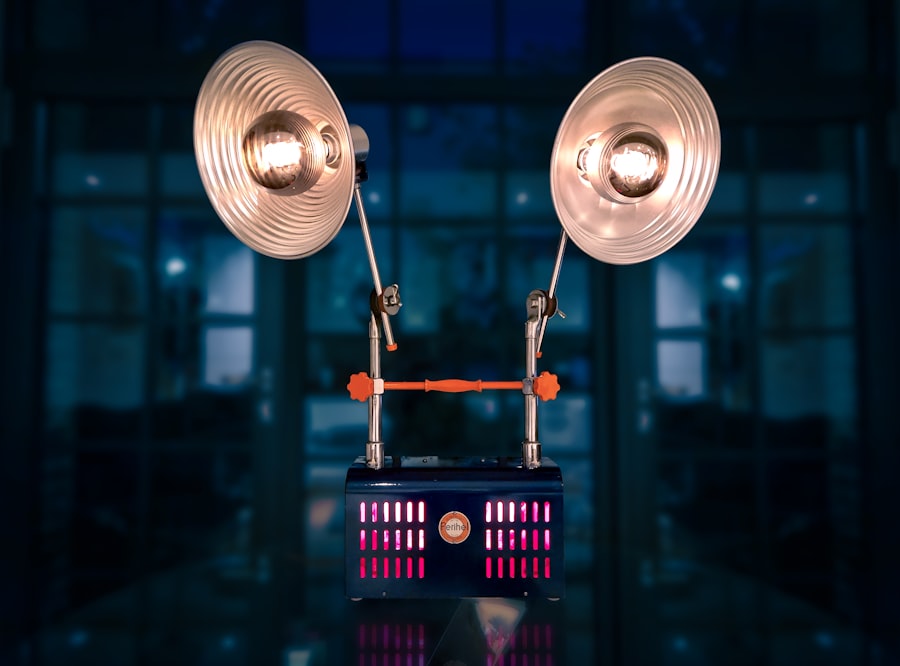
During cold weather, it’s important to ensure that quails have access to warm water and nutritious food to help them maintain their body temperature and energy levels. Providing fresh, unfrozen water multiple times a day is crucial in preventing dehydration, which can be a common issue during cold weather. Using heated waterers or regularly replacing frozen water with warm water can help ensure quails have access to water at all times.
In addition to water, providing nutritious food is essential for helping quails generate body heat and maintain their energy levels during cold weather. High-quality feed with adequate protein and energy content can help support the birds’ nutritional needs during this time. Additionally, offering warm treats such as cooked grains or mealworms can provide extra warmth and comfort for the quails during cold weather.
Monitoring Quail’s Behavior and Health
Monitoring quails’ behavior and health is crucial in ensuring they are coping well with cold weather conditions. Observing their activity levels, posture, and interactions can provide valuable insights into their well-being. Signs of distress or discomfort such as huddling together for warmth, lethargy, or decreased appetite may indicate that the birds are struggling with the cold.
Regular health checks and inspections of the quail coop can help identify any issues such as drafts, leaks, or signs of illness that may arise during cold weather. It’s important to address any concerns promptly and make necessary adjustments to ensure the birds’ comfort and well-being. Additionally, consulting with a veterinarian or experienced quail breeder can provide valuable guidance on caring for quails during cold weather and addressing any health issues that may arise.
In conclusion, understanding quail’s cold tolerance and taking proactive measures to provide adequate shelter, warmth, bedding, water, and food are essential in ensuring their well-being during cold weather. By monitoring their behavior and health closely, quail owners can make informed decisions and adjustments to support their birds through challenging weather conditions. With proper care and attention, quails can thrive even in cold climates and continue to bring joy to their owners with their charming presence.
If you’re looking for tips on how to keep quail warm in winter, you might also be interested in learning about the importance of a well-designed chicken coop and run. A well-constructed coop and run can provide essential shelter and protection for your quail during the colder months. Check out this informative article on chicken coop and run plans to ensure that your quail have a cozy and secure environment to thrive in.
FAQs
What are some ways to keep quail warm in winter?
Some ways to keep quail warm in winter include providing a well-insulated coop, using heat lamps or heating pads, and ensuring adequate ventilation without drafts.
What temperature is ideal for quail in winter?
Quail generally prefer temperatures between 50-70 degrees Fahrenheit. It’s important to monitor the temperature in their coop and make adjustments as needed to keep them comfortable.
Should I use heat lamps to keep quail warm in winter?
Heat lamps can be used to keep quail warm in winter, but it’s important to use them safely and ensure they are not a fire hazard. It’s also important to provide a dark area in the coop for the quail to escape the constant light.
How can I prevent frostbite in quail during winter?
To prevent frostbite in quail during winter, provide adequate insulation in the coop, ensure good ventilation without drafts, and avoid moisture buildup. It’s also important to monitor the quail for any signs of frostbite and seek veterinary care if necessary.
Are there any specific bedding materials that can help keep quail warm in winter?
Bedding materials such as straw, hay, or wood shavings can help provide insulation and keep quail warm in winter. It’s important to regularly clean and replace the bedding to prevent moisture buildup and maintain a dry environment for the quail.
Meet Walter, the feathered-friend fanatic of Florida! Nestled in the sunshine state, Walter struts through life with his feathered companions, clucking his way to happiness. With a coop that’s fancier than a five-star hotel, he’s the Don Juan of the chicken world. When he’s not teaching his hens to do the cha-cha, you’ll find him in a heated debate with his prized rooster, Sir Clucks-a-Lot. Walter’s poultry passion is no yolk; he’s the sunny-side-up guy you never knew you needed in your flock of friends!

